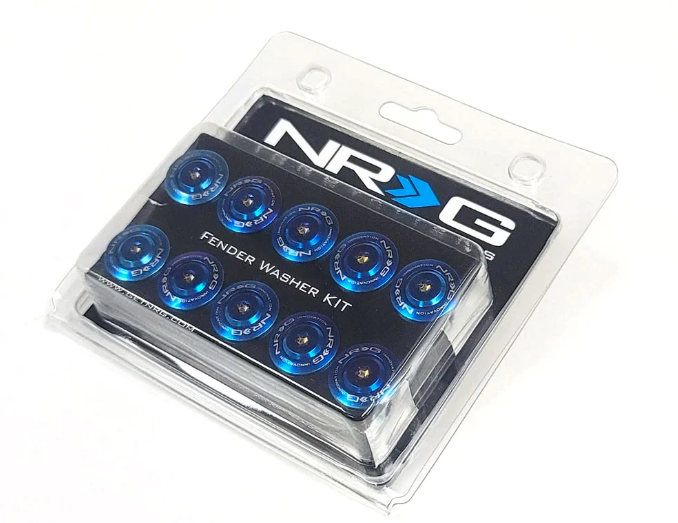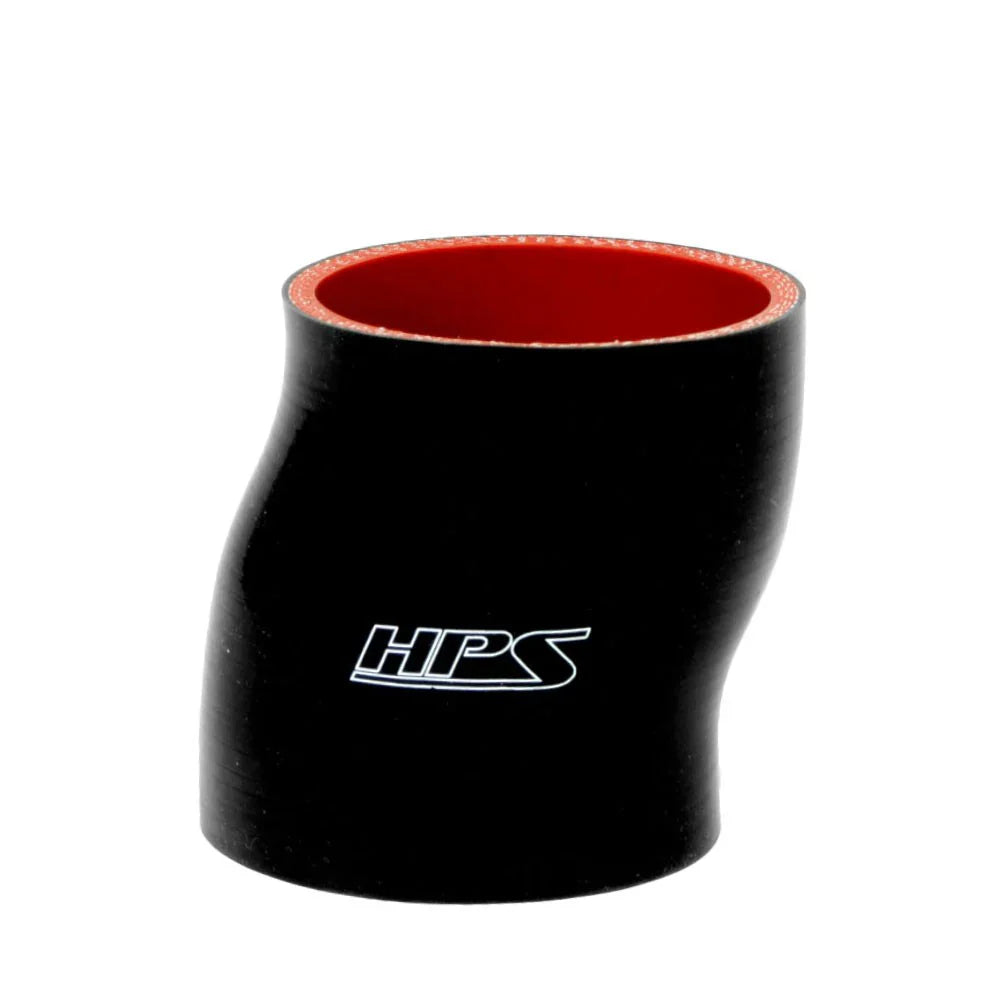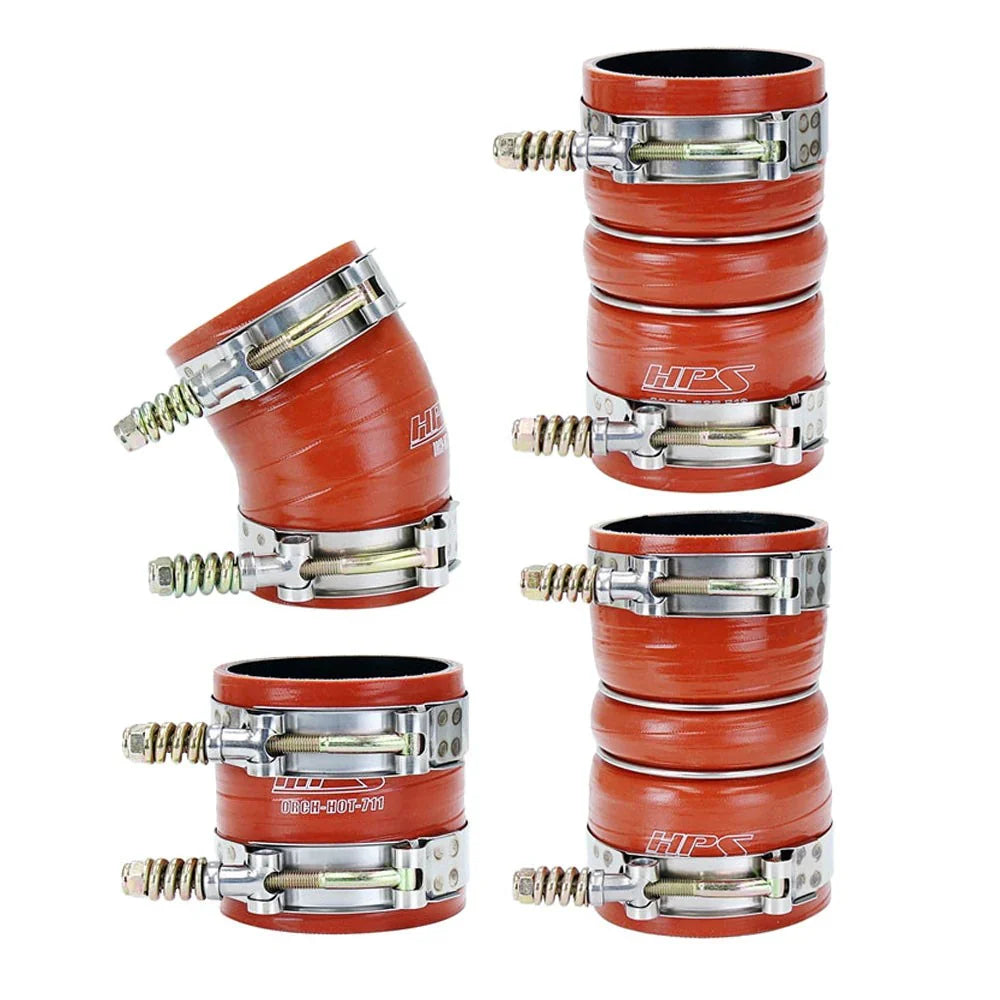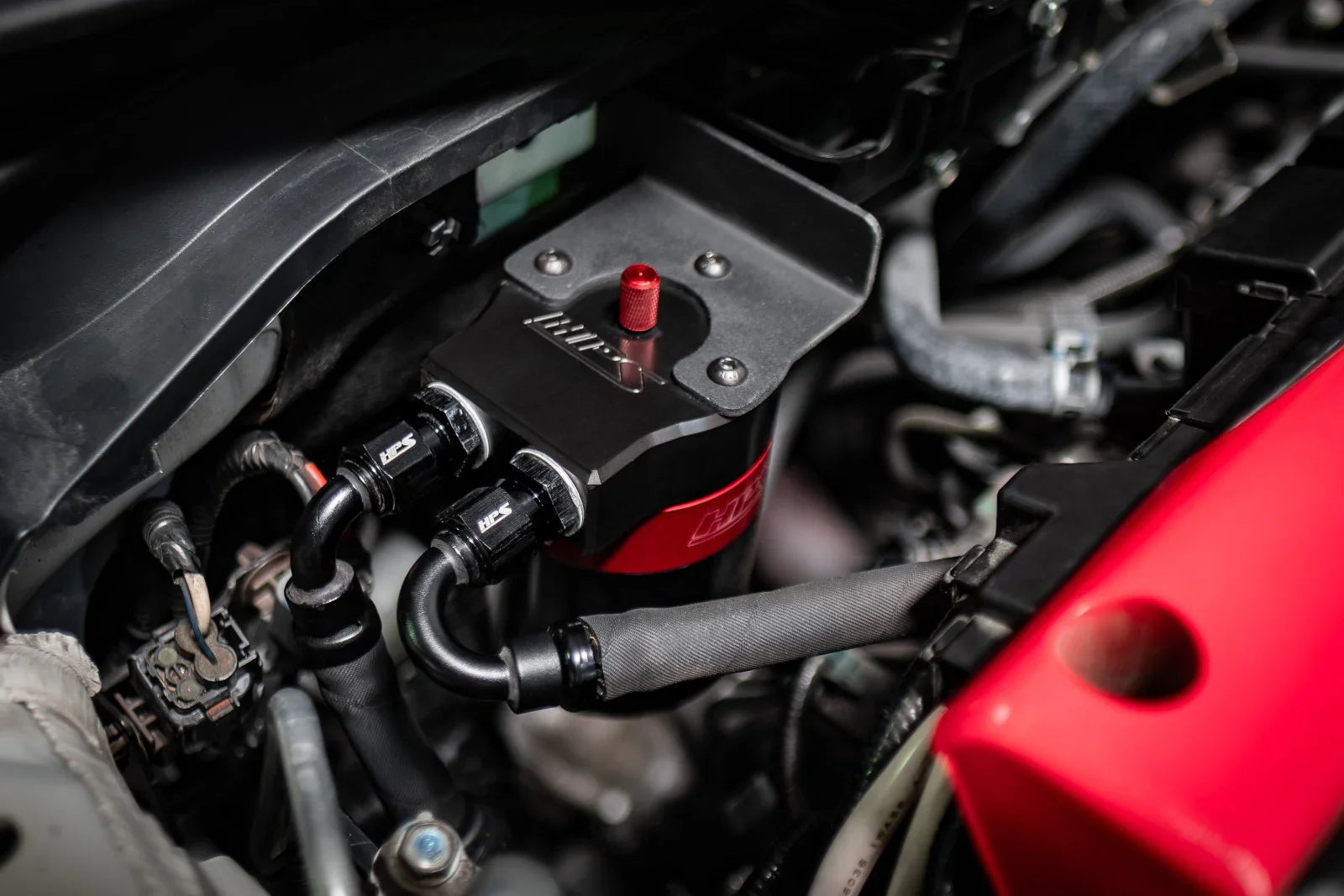Menu
-
- NEW ARRIVAL
- Discount Offer
-
Induction System
- Air Intake Systems
- Cooling Systems
-
Hose Kits
- Ancillary Hose Kit
- Breather Hose Kit
- Coolant Tank Supply Hose Kit
- Expansion Tank Coolant Kit
- Heater Bypass Loop Hose Kit
- Heater Hose Kit
- Intake Hose Kit
- Intercooler Hose Kit, Boot Hose
- Oil Cooler Hose Kit
- Radiator Hose Kit
- Throttle Body Coolant Hose Kit
- Vacuum Hose Kit
- Water Bypass Hose Kit
- Water Pump Hose Kit
- Filter
-
Exhaust System
-
Performance
-
Fabrication
-
Interior
-
Exterior
-
Suspension
-
Accessories
-
Trailer Parts
-
Specialty
- BFC Blog
-
- FREE SHIPPING on Lower 48 States order
- 626-727-4766
- Login

Add description, images, menus and links to your mega menu
A column with no settings can be used as a spacer
Link to your collections, sales and even external links
Add up to five columns
Add description, images, menus and links to your mega menu
A column with no settings can be used as a spacer
Link to your collections, sales and even external links
Add up to five columns

How to Test Your Radiator Cap and When to Replace It
May 26, 2023 2 min read
Your car's radiator cap is a small but important component of the engine cooling system. It regulates the pressure inside the radiator and prevents coolant from boiling or spilling out. Like all parts of your car, the radiator cap must be tested and replaced periodically to ensure optimal performance and prevent damage to your engine. Here's a guide on how to test your radiator cap and when to replace it.
Step 1: Check the Appearance
The first step in testing your radiator cap is to examine it for any signs of damage or wear. Look for cracks, corrosion, or deformities in the rubber gasket and the metal spring. If you notice any of these signs, it's time to replace your radiator cap.
Step 2: Use a Pressure Tester
You'll need a pressure tester to test your radiator cap's pressure rating. First, make sure your engine is cool and the radiator is empty. Attach the pressure tester to the radiator cap and pump it to the recommended pressure level, usually printed on the cap or in your car's manual.
Step 3: Observe the Pressure Release
Once you've reached the recommended pressure level, observe the pressure release valve in the radiator cap. The valve should open smoothly and release the excess pressure without any leaks or hissing sounds. If the valve doesn't open or you hear any unusual sounds, your radiator cap needs to be replaced.
Step 4: Check for Coolant Leakage
Another way to test your radiator cap is to check for coolant leakage. Start your engine and let it run for a few minutes, then turn it off and check the radiator cap and overflow tank for any signs of coolant leakage. If you notice any coolant around the cap or overflow tank, it's a sign that your radiator cap is faulty and needs to be replaced.
When to Replace Your Radiator Cap
In general, replacing your radiator cap every two years or 30,000 miles is recommended, whichever comes first. However, if you notice any signs of wear or damage before that, it's important to replace it immediately to prevent engine damage. Additionally, a faulty radiator cap could be the culprit if you're experiencing any overheating or coolant loss issues.
Takeaways
Testing and replacing your radiator cap is a simple yet important step in maintaining your car's engine cooling system. If you need to replace your radiator cap or other engine components, Build Fast Car offers a wide range of high-quality products, including Buy Engine Valve Washer and radiator caps. Buy radiator cap online and other car parts today.
Leave a comment
Also in Build Fast Car News & Blog

Precision Tuning Starts Here: 6 Power Mods That Take Performance Seriously
July 09, 2025 2 min read
Read More
Boost, Breathe, and Cool Like a Pro: The Essential Mods Your Engine Will Thank You For
July 02, 2025 2 min read
Read More
Get the Most Out of Your Ride: Must-Have Mods for Better Performance & Style
June 25, 2025 2 min read
Read More